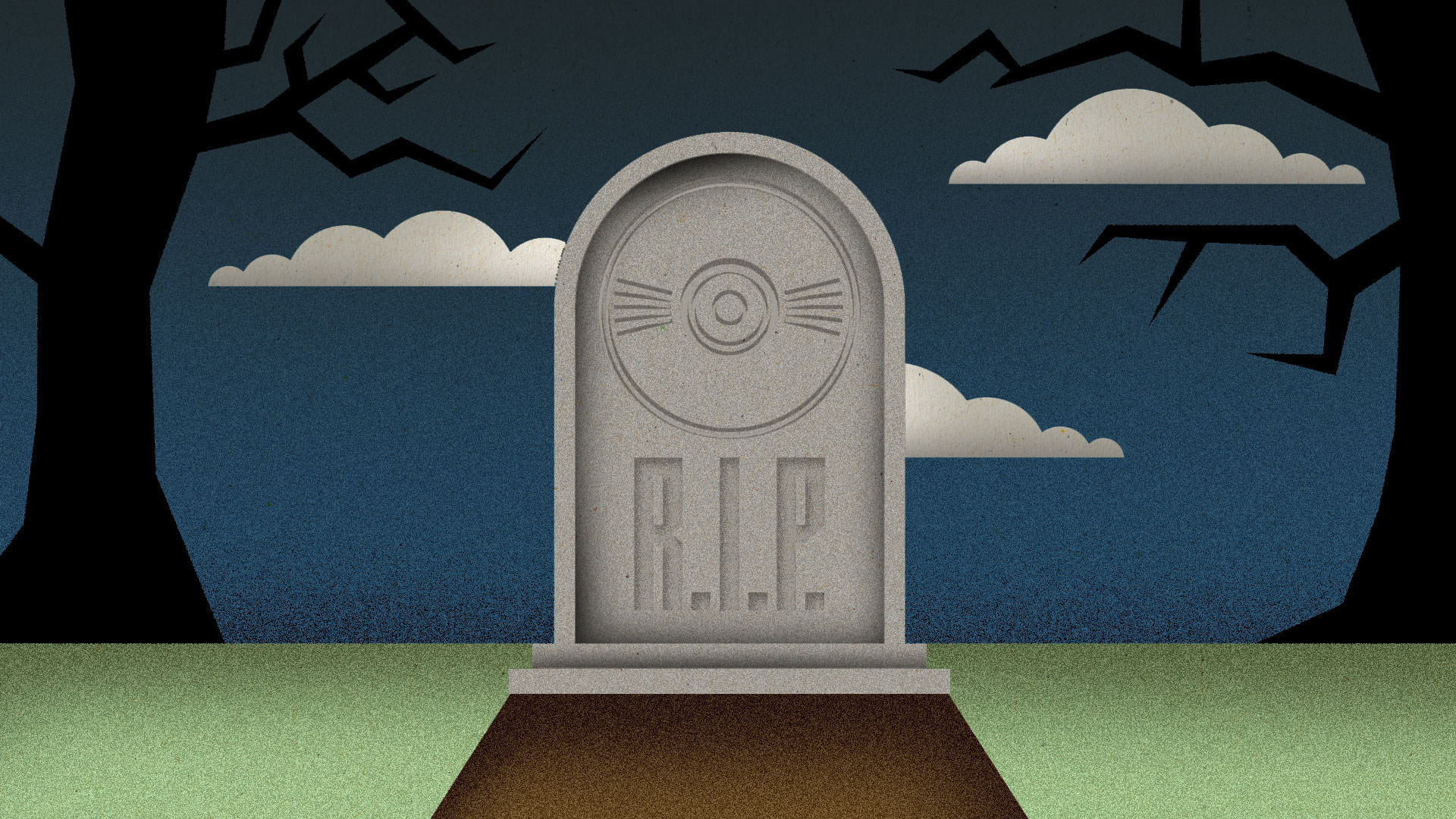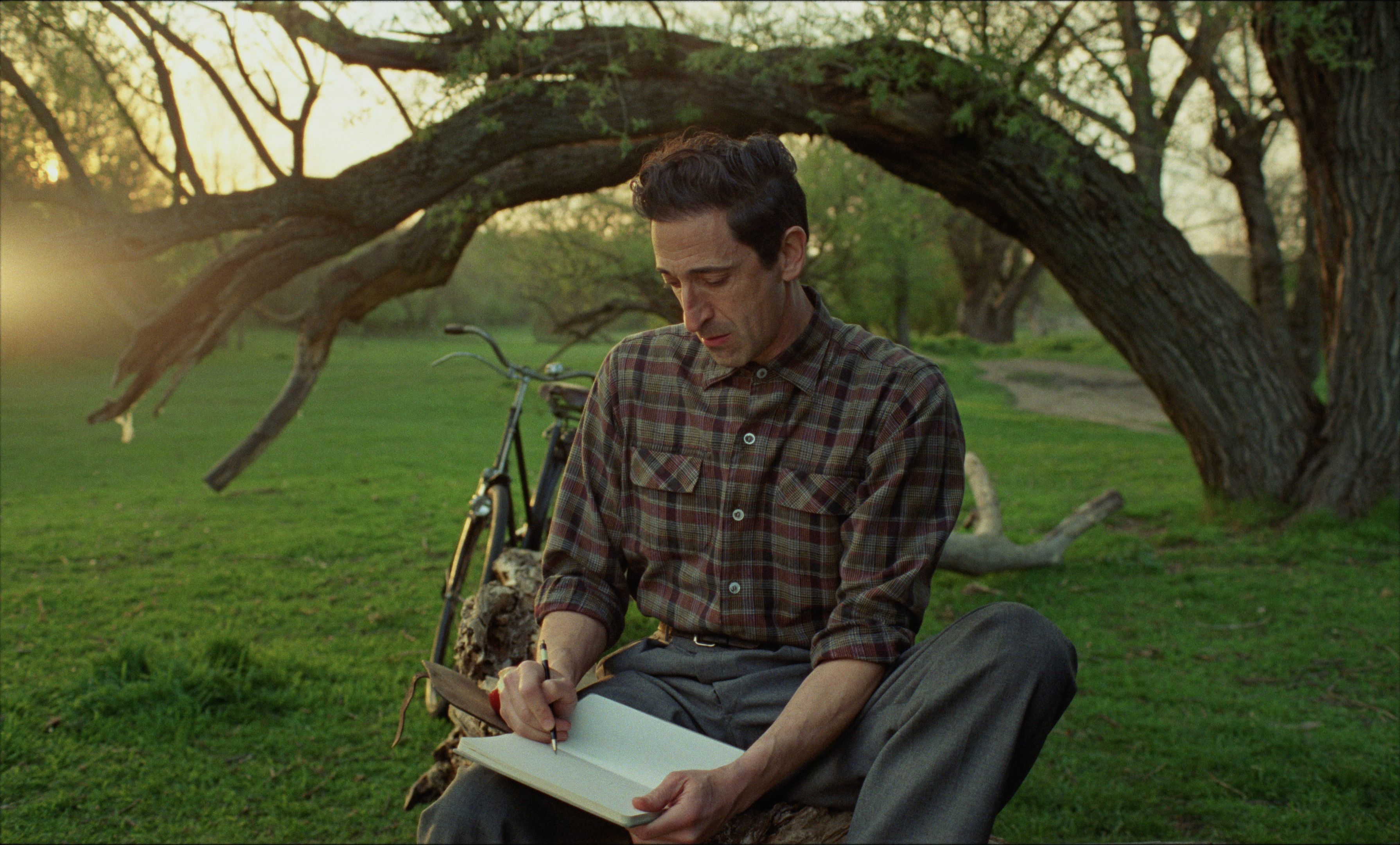John Carpenter, a name synonymous with masterful horror for nearly half a century, has built a legacy on terrifying audiences with films like “Halloween” and “The Prince of Darkness.” His signature blend of suspenseful jump scares and haunting musical scores has consistently delivered visceral fear. Now, in his foray into television with “John Carpenter’s Suburban Screams” on Peacock, the director shifts his focus to real-life horrors lurking within the seemingly safe havens of suburbia. This anthology series promises to expose the evil that hides in plain sight, the diabolical individuals and lurking spirits poised to shatter the tranquility of unsuspecting lives. However, instead of the chilling narratives Carpenter is celebrated for, “Suburban Screams” unfortunately devolves into a rather underwhelming presentation of grim true crime stories.
Peacock’s six-part anthology series begins with a chilling narration by Carpenter himself, the voice behind “The Thing,” setting the stage: “In our suburbs, evil lurks behind closed doors. True stories so terrifying because the horror is real. You’ll never look at your neighbors the same way again.” Each episode then delves into a specific incident or urban legend that has profoundly impacted individuals or communities.
 Illustration of a DVD tombstone
Illustration of a DVD tombstone
The opening episode, “Kelly,” transports viewers to 1990s Ontario, Canada. Here, we meet Dan, a young man whose life takes a dark turn after using an Ouija board. Plagued by visions of a deceased girl named Kelly, Dan’s obsession with her fate spirals, pushing him to the edge of sanity. Episode 4, “Bunny Man,” shifts the setting to 1970s Fairfax, Virginia, exploring the local legend of a menacing figure in a rabbit costume. What was once a chilling tale becomes terrifyingly real as residents report sightings of the Bunny Man, sparking fear and a desperate search for the source of his apparent vendetta.
Employing a documentary-style approach reminiscent of true crime staples like “The First 48” and “Snapped,” each “Suburban Screams” episode begins with an interview with a real person connected to the unsettling event. The narrative unfolds through reenactments, archival footage, and photographs, piecing together firsthand accounts. Each episode aims for closure, revealing the aftermath of the events, whether resolved or left lingering in unease.
 Aiden Brody in
Aiden Brody in
However, a significant drawback of “Suburban Screams” lies in the disparate nature of its chosen narratives. The thematic breadth, encompassing everything from urban legends to brutal crimes, prevents the series from coalescing into a unified and impactful project. Episode 5, “Cursed Neighborhood,” focusing on a haunted locale with a dark history of genocide and vengeful spirits, feels tonally aligned with traditional horror. The episode follows a family seeking a fresh start who are instead systematically tormented by the malevolent forces surrounding them. Like “Bunny Man,” this exploration of local lore taps into the expected horror elements.
Unfortunately, this thematic consistency is lost in other episodes. Segments like “A Killer Comes Home” and “Phone Stalker” veer sharply into the territory of graphic true crime, detailing monstrous acts of violence, particularly against women. These episodes, revolving around murder, stalking, and sexual assault, are disturbing recounts that feel more at home within existing true crime programming than a John Carpenter horror anthology. Episode 2, “A Killer Comes Home,” is particularly jarring, with its graphic reenactments depicting brutal assaults and sexual violence against elderly victims. Viewers tuning in expecting supernatural horror in “Suburban Screams” may be taken aback by the series’ heavy reliance on starkly realistic crime narratives.
While each episode clocks in at around 45 minutes, the extensive reenactments contribute to a feeling of sluggish pacing. “Suburban Screams” would have greatly benefited from tighter editing, which could have potentially amplified the suspense and tension it seems to be aiming for. Despite Carpenter’s undeniable contributions to cinema and the horror genre, this anthology falls short of his established standards. Instead of delivering chilling scares, “John Carpenter’s Suburban Screams” feels like a collection of true crime snippets haphazardly assembled into a single series, ultimately lacking the scares and shocks that make horror so compelling in the first place.
“John Carpenter’s Suburban Screams” premieres October 13 on Peacock.

